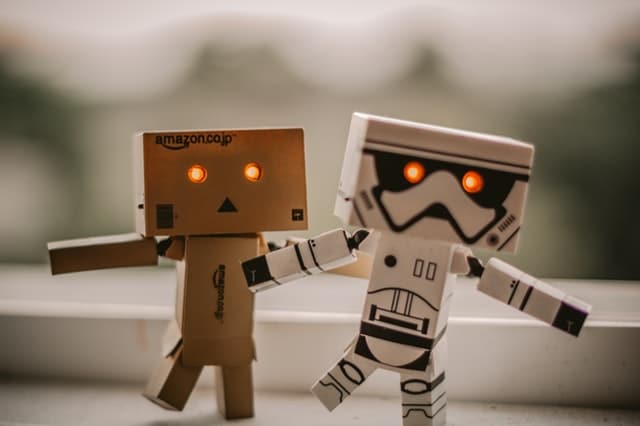AI Standards the Key to Improving Performance
There’s been a lot of talk about innovative new technology featuring artificial intelligence, and the health care industry is no exception. Strides have been made in many areas, but before AI gains widespread acceptance, standards must be created and agreed upon by both businesses and government agencies.
Standards Improve Usefulness

The need for standards is an idea that is gaining traction. The Consumer Technology Association, for example, created an AI group comprised of device manufacturers and health care organizations in order to develop a set of best practices for directing how health-related gadgets use personal data, covering everything from collection and processing to exchanging that information.
The relatively new push toward adopting standards is a result of the rapid emergence of AI technology. It’s still such a new trend, there hasn’t been time for various industries to collect enough data to come to an agreement. Fitness trackers are an excellent example. These devices gather heart rate data and might potentially alert doctors when a wearer is exhibiting signs of imminent cardiac arrest. Few would argue this isn’t a good thing, but there is no established consensus on how to accurately measure heart rates, delaying the technology from living up to its potential. It’s always difficult to bring rival companies together and expect them to agree on standards.
Further complicating matters? AI can be expensive. Asia-Pacific countries such as China are projected to spend $5.5 billion on AI technology in 2019 – an increase of 80 percent over last year. With so much money at stake, the push to adopt standards inevitably slows while the major players take time to weigh options.
For the marriage between AI and health care to succeed, physicians are going to have to get involved by working directly with AI systems. Research has shown that the best results occur when doctors take the machines’ suggestions – an outcome that consistently outperforms either the doctor or the machine acting alone.
If the two can find a way to work together seamlessly, the potential is enormous. Consider the recent 10-day, 4,000-mile round-trip voyage of the Sea Hunter, a Navy warship designed by defense contractor Leidos. No big feat, you say? The vessel is completely autonomous and made the trip from Pearl Harbor to San Diego relying solely on self-navigation. If we can build ships that have the ability to cross the ocean on their own, imagine what we could do with a “smart” blood pressure monitor!